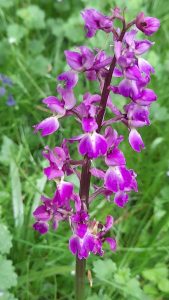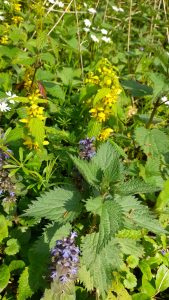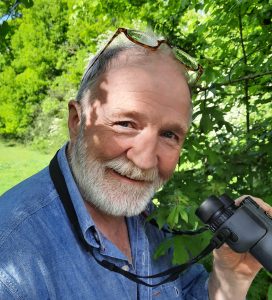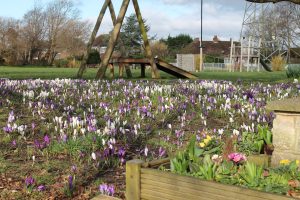Of Owls, Larks and Hedgehogs
By Kerry Williams, Communications Officer – Conservation, Sussex Wildlife Trust
I’ve always been a night owl. I’m writing this as my creativity kicks in; unhelpfully that’s usually around 9pm. I spent my childhood howling in resistance at those who dared tell me it was bedtime. I would read until 3am and be virtually dragged from my bed for school in the morning.
Despite what my mother says, it’s a real thing. We are genetically predisposed to different chronotypes associated with our circadian rhythm. There are owls (those who wake and sleep later), larks (those who wake and sleep earlier) and ambivalent (those who are more adaptable to sleep pattern changes). I used to long to wake up earlier and make the best of the day. Especially as a keen birder it would be advantageous. If I ever do it’s glorious. The air is different in early morning. There’s so much light, so much time. But there are perks to the night too. It’s quiet; everyone else is asleep. It’s peaceful and less distracting. And the best bit, of course, is watching nocturnal animals.
I live with another owl. Together, we slink about the local nature reserve at dusk. Hushed tones to fit in. Eyes adjusting to the perceived blackness. There is rarely anyone else around. The damp smell of the reedbeds seems stronger than in the day. The gravel and parched grass crunch louder underfoot. The world feels bigger somehow, yet more tranquil. We detect dancing bats who whizz past our faces, saving us from nibbling evening midges. We walk directly past Rabbits on meadow buffets, who barely look up to note us. We take in pre-roosting bird calls; Reed Warbler, Song Thrush, Blackbird, Robin, and skyward silhouettes of those returning for the night; gulls, corvids, a Peregrine. A Fox on patrol stops to watch us with an air of disdain; ‘It’s my turn now’.
Once we’re out of the reserve we stop at the usual spot, at the usual time, and wait. Then we see it. Squat legs, busy snout and about 5,000 spines scuttle across the car park and along the kerbside dandelions. The Hedgehog crosses the road; it’s not busy but it’s still a risky game, and I once flagged down a startled mini-bus driver to allow for safe hog passage. The Hedgehog continues along a footpath, and through a fence hole cut by kind urban wildlife heroes.
These sightings feel like treats to which few of us are party. I’ve not only accepted my night-time owl form; I completely embrace it. Just don’t ask me to make plans before midday.




